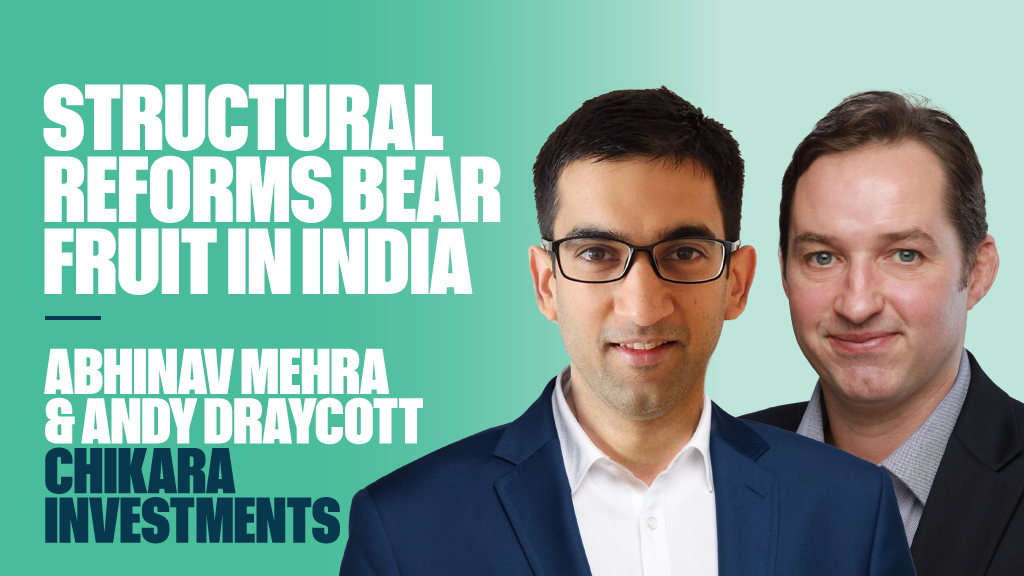As the reality of the impact from Covid-19 became evident during March, many investors de-risked and swiftly gravitated towards cash. Since the end of February we’ve seen US money market fund assets rise by over one trillion dollars. This is more than the amount added throughout the whole of 2008, during the heart of the global financial crisis.
With the exception of high quality government bonds, the majority of other asset classes sunk in price in March as the US equity bull market, which had been maintained since the first quarter of 2009, came to an abrupt end and credit spreads ballooned, as liquidity evaporated. With the ability to preserve capital, cash quickly became king.
Since March, however, global central banks and governments have helped to calm sentiment by way of a co-ordinated response which has been unprecedented in both speed and scale. To put it into context, the increase in the balance sheets of the G4 central banks over the space of just three months was equivalent to what occurred over the five years following 2008, while at the same time government stimulus programs have been equally impressive as a percentage of their GDP.
Following such a dramatic risk sell-off, the policy response has spurred a sharp recovery in asset prices, leading to one of the strongest quarterly returns on record and a significant retracement from the drawdowns experienced during March. For example, US Investment Grade credit spreads have retraced over 80% of their widening, now back at around 150 basis points from the wide of 400 bps.
But even with the support of central banks and governments, and the recovery in financial assets, the economic impact is likely to be felt for years to come. The International Monetary Fund (IMF) is still forecasting GDP this year to be down 4.9% and only recovering 5.4% next year, leaving 2021 projections around 6.5% lower than they were back in January. This is an environment that is going to ensure central banks remain extremely accommodative for multiple years with elevated balance sheets and cash rates around the world either zero or even negative in some regions.
Where we’ve seen a rebound in asset prices, we have not seen an inverse reduction in money market allocations. According to the ICI, currently only around 10% of the flows into money market funds since February have been reversed. Given much of this capital is likely to yield very little in nominal terms over the next few years and significantly less in real terms, is cash still king?
An obvious step up and out of cash is to look towards the fixed income markets. There are still some parts of the bond market that offer opportunities (and yield), especially when you consider that the central banks backstop remains fully in play for the foreseeable future.
Investment grade credit: it may be a stretch to say these are the ‘new government bonds’, but high quality corporates are now an integral part of the central bankers’ tool kit with the Federal Reserve joining both the European Central Bank and Bank of England in purchasing corporate bonds.
High yield credit: like investment grade credit, it has performed very well over the last couple of months. It has retraced almost two thirds of the widening which has led to its best quarterly performance since Q3 2009. Yet spreads are still above the long term averages and in a yield starved environment there have been record flows into the asset class over the last three months providing support. That said, a word of caution: given the scale of the economic downturn, default rates have started to rise and are now at decade highs, making individual credit research critical to ensure you avoid companies that could fail in the coming months.
Hard currency emerging market debt initially lagged during the bounce back, due to the lack of direct central bank support that was seen in the developed world, but it has since caught up due to improving sentiment and the attractive relative value to other sectors. With the inclusion of the Gulf Cooperation Council countries in the EM sovereign index, the overall index quality is back at an average of investment grade.
While cash may still appear to offer a degree of capital preservation, it’s important to remember that with interest rates now rock-bottom – and likely to remain so for years to come – the effects of inflation will all but guarantee a loss of value in real terms over the long run. As the global economy slowly begins to heal, the wave of money that found its way into money market funds may need to start looking for a new home.
Iain Stealey is CIO for global fixed income currencies & commodities at JP Morgan Asset Management











